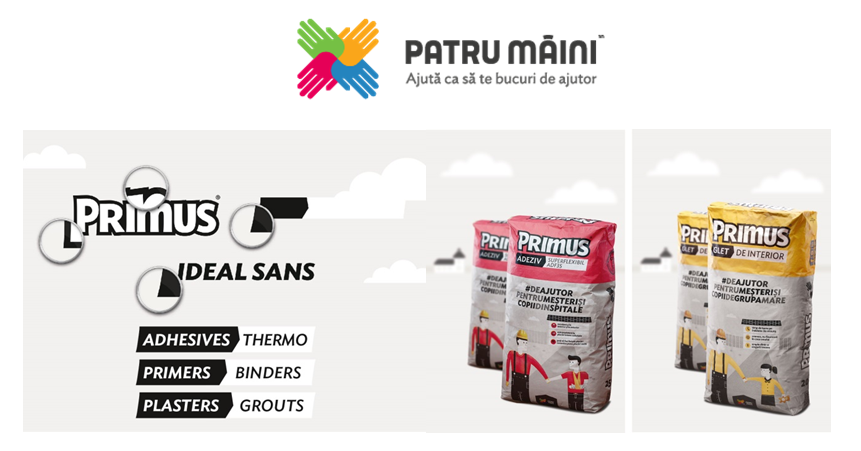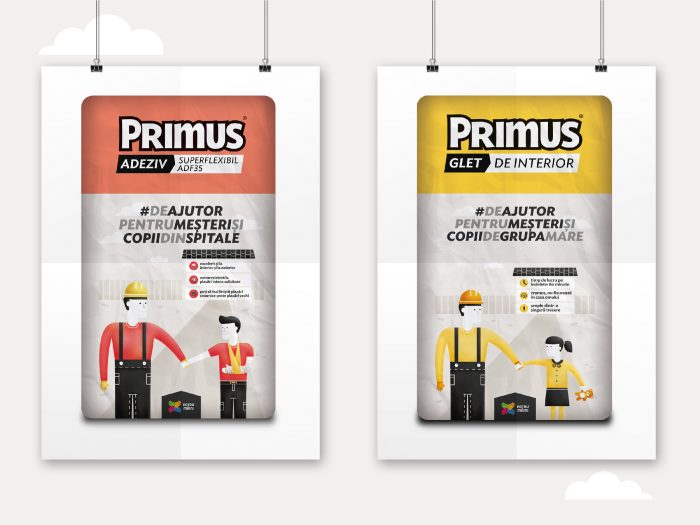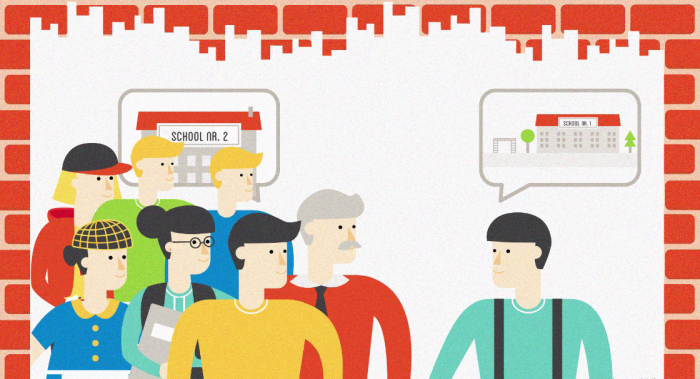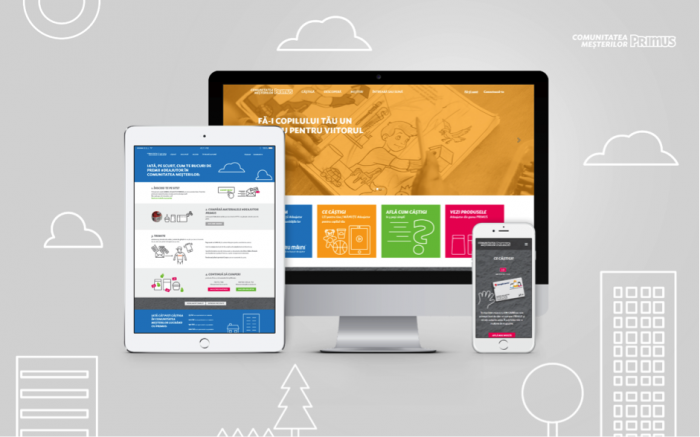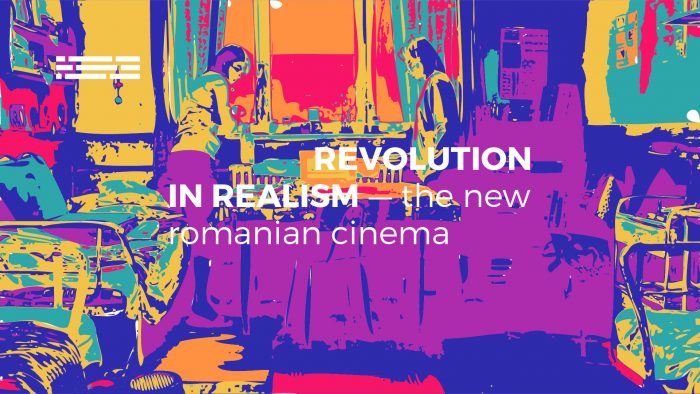BRANDING & COMMUNITY: A Bidirectional Communication. Case Study: Patru Maini
Posted by Raluca Turcanasu on / 0 Comments
Mrs Madalina Moraru, my thesis coordinator and mentor proposed my Bachelor thesis regarding the buy-social mechanism of a Romanian construction materials producer to EACA Thesis Competition.
I got to the second round and it seems I should have explored further the future potential applications of my research. But here’s my work:
ABSTRACT
2016, Romania: thousands of children learn in improper spaces, in schools and kindergartens whose facilities have not been renovated for decades.
Patru Maini, a local construction materials producer and social business, believes in changing all that and show Romanians how communities can grow from within. Under the „Help in order to enjoy being helped” slogan, everything the brand does revolves around helping.The largest activation is the yearly National Renovation Campaign: each pack bought returns 1 leu (20 cents) to the community where the purchase was made, for the renovation of a kindergarten or school. The buildings are publicly chosen on a brand website and renovations are then put to practice by employees together with local volunteers.
The model is simple and effective and the Effie nomination this fall stands proof that it was not a mere sales increase, but a key strategic differentiator.
Yet, through my paper I wanted to deepen the brand understanding:
In what way does this „helpful” brand strategy impact the organizational culture and actions and how much of a valuable brand active is it?
To answer that, the research needed to take into account various stakeholders, so three micro-researches were developed: i) the internal Patru Maini public, ii) the external close public: the brand agency and iii) the brand target group: construction workers.
They were centered around four hypotheses that substantiate a powerful brand:
- the „helpful” brand strategy improves employee motivation
- it positively impacts the sales strategy
- it improves the organizational relationships with distributors, suppliers, partners
- it is perceived as a genuine differentiator in the category.
The research was set to be a qualitative one, a first-hand exploratory study to be furthered developed. Hence the suitable instruments were the semi-structured interview, for data collection, and content analysis, for data interpretation.
The first and last hypotheses were largely validated: all respondees consider the brand strategy a real, valuable differentiator (iv), and all white-collar brand employees are strongly bonded and deeply motivated to work for the brand (i). The impact on the sales strategy is moderate, due to the specifics of the workers’ target (very difficult to move from one brand to another). Salesmen rather talk about help when they sell to a final beneficiary, and much less when they pitch a craftman (ii). As to third-party business relations, there is an ascending trend, there are praises from distributors and partners (iii).
The brand active is therefore truly valuable, but still to reach its fullest.
These findings are not general conclusions, they should help in defining hypotheses for an extended research, both qualitative and quantitative, which would be my first recommendation.
My second suggestion is that the brand communication be enhanced and more clearly segmented between the direct-sales target (workers), who need product quality reassurance, and the large, social target, who is genuinely in love with the brand kindness acts. The brand should ultimately inspire other entrepreneurs to consider a similar buy-social model.

